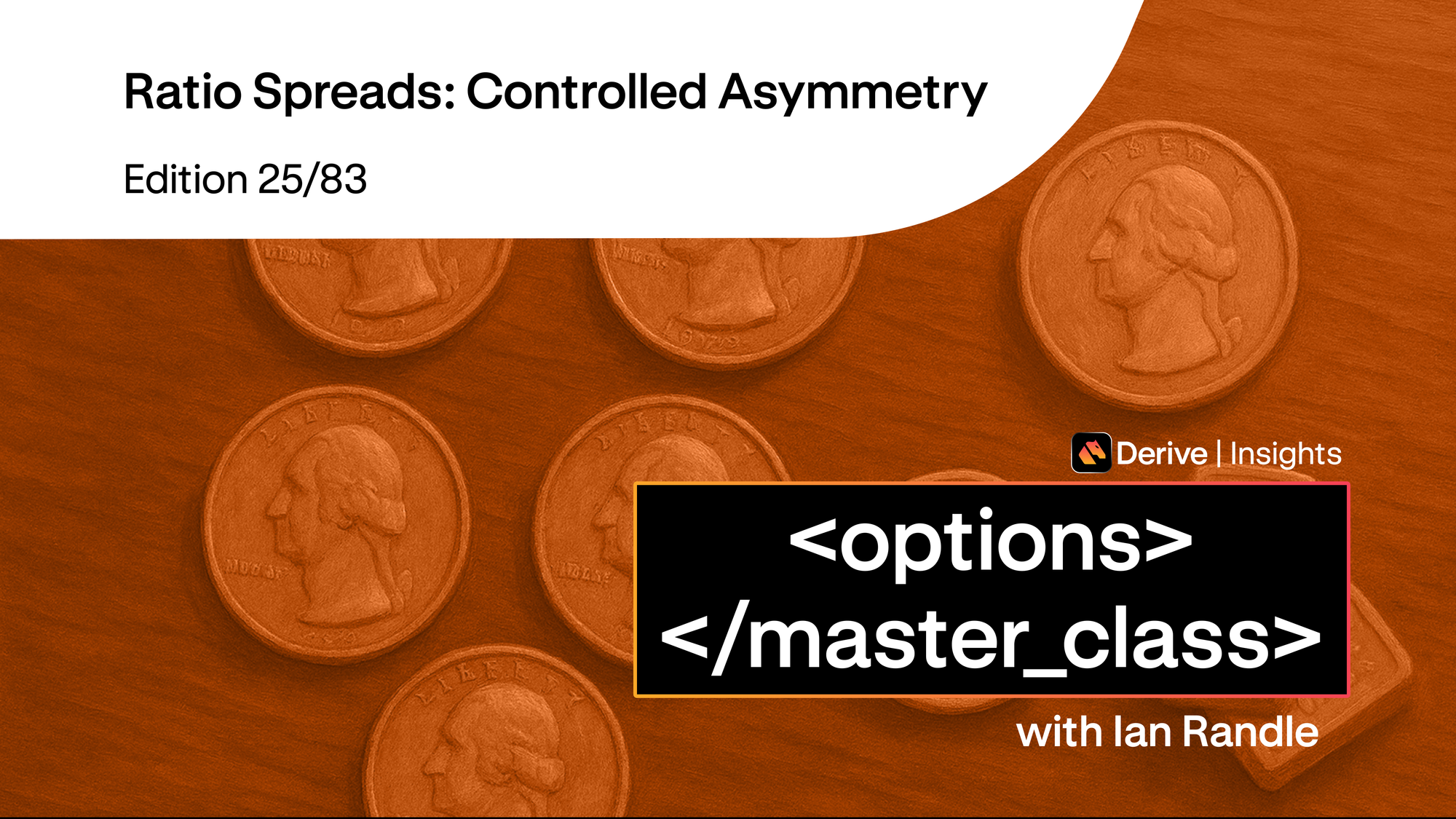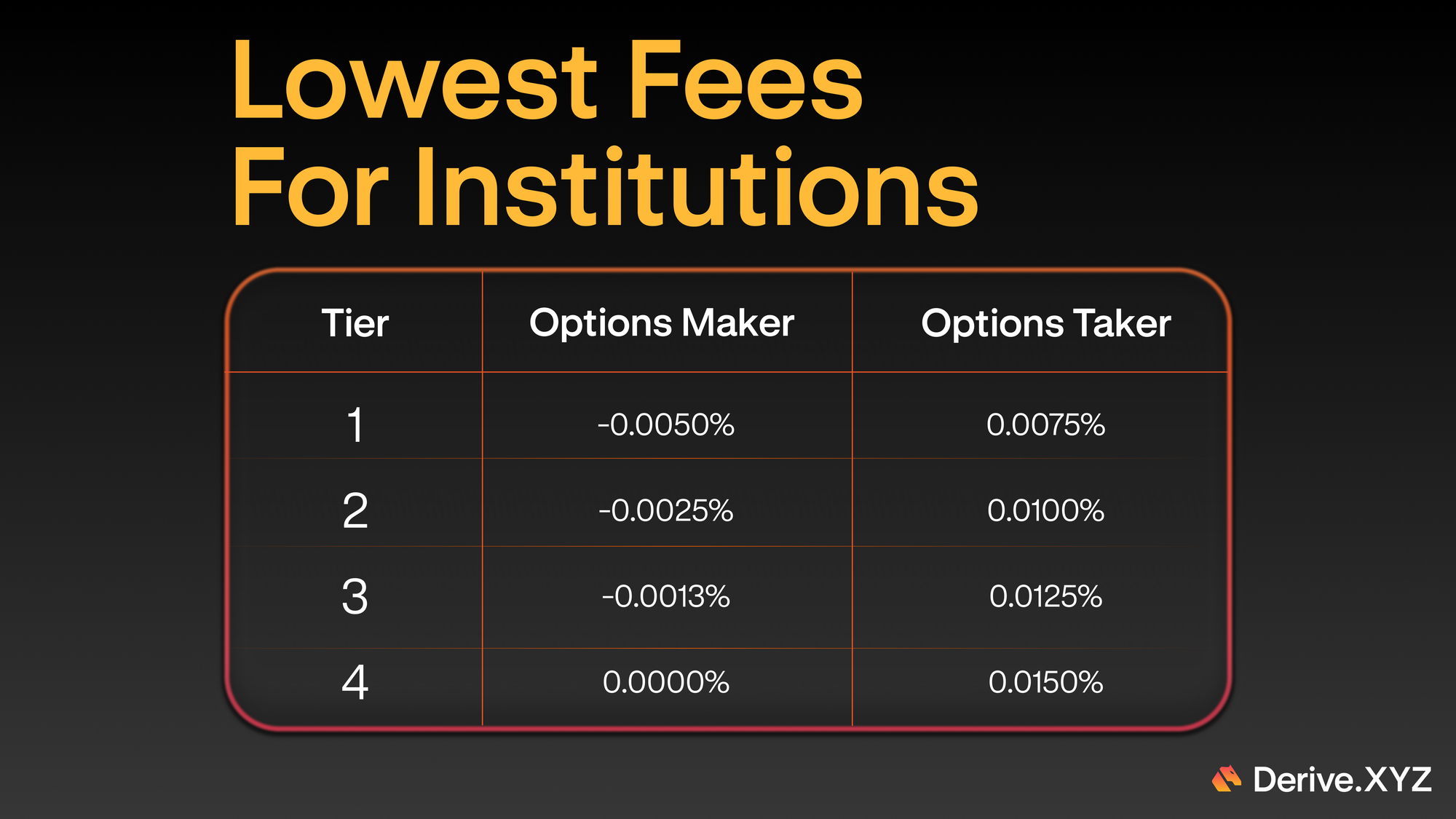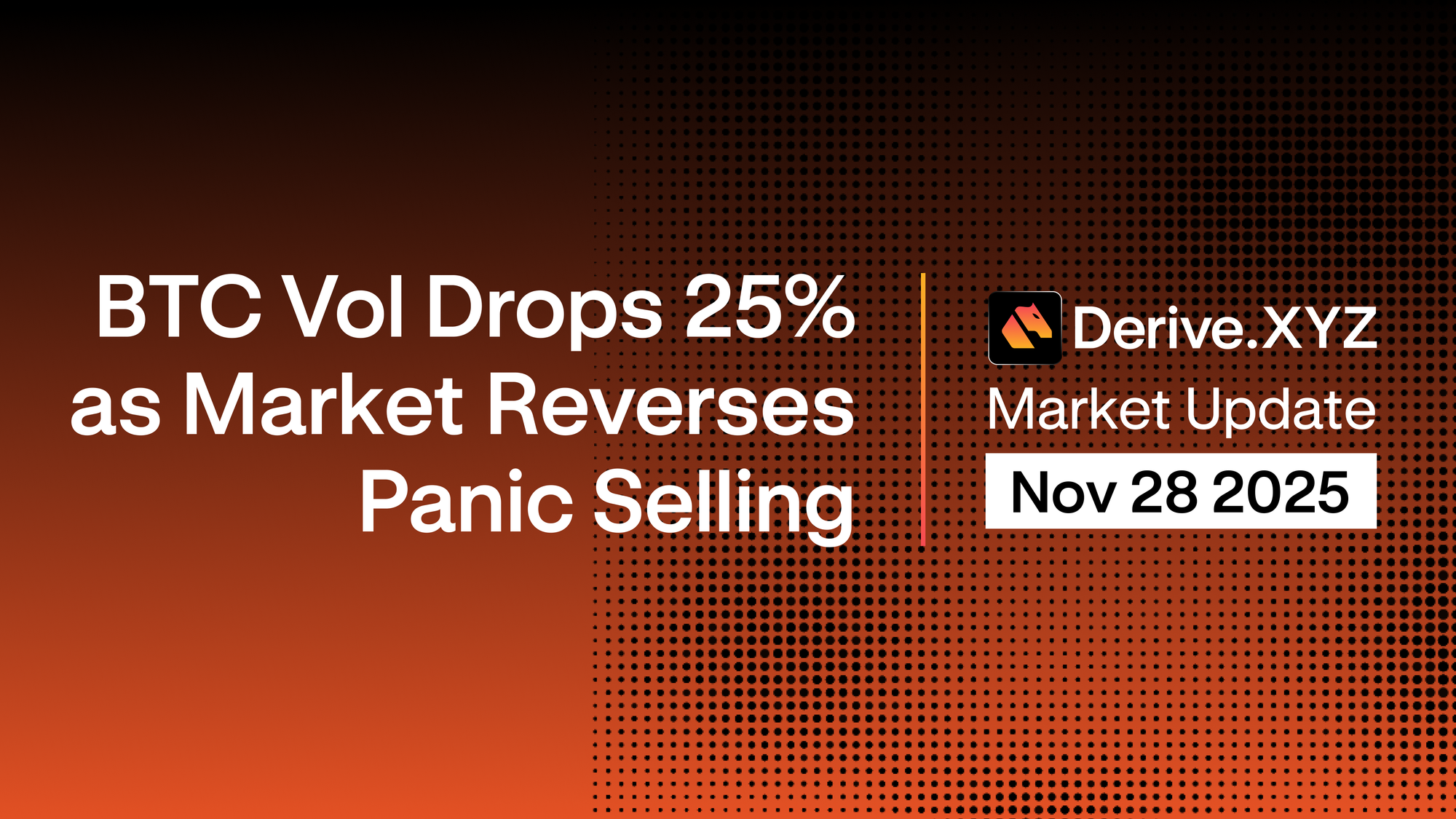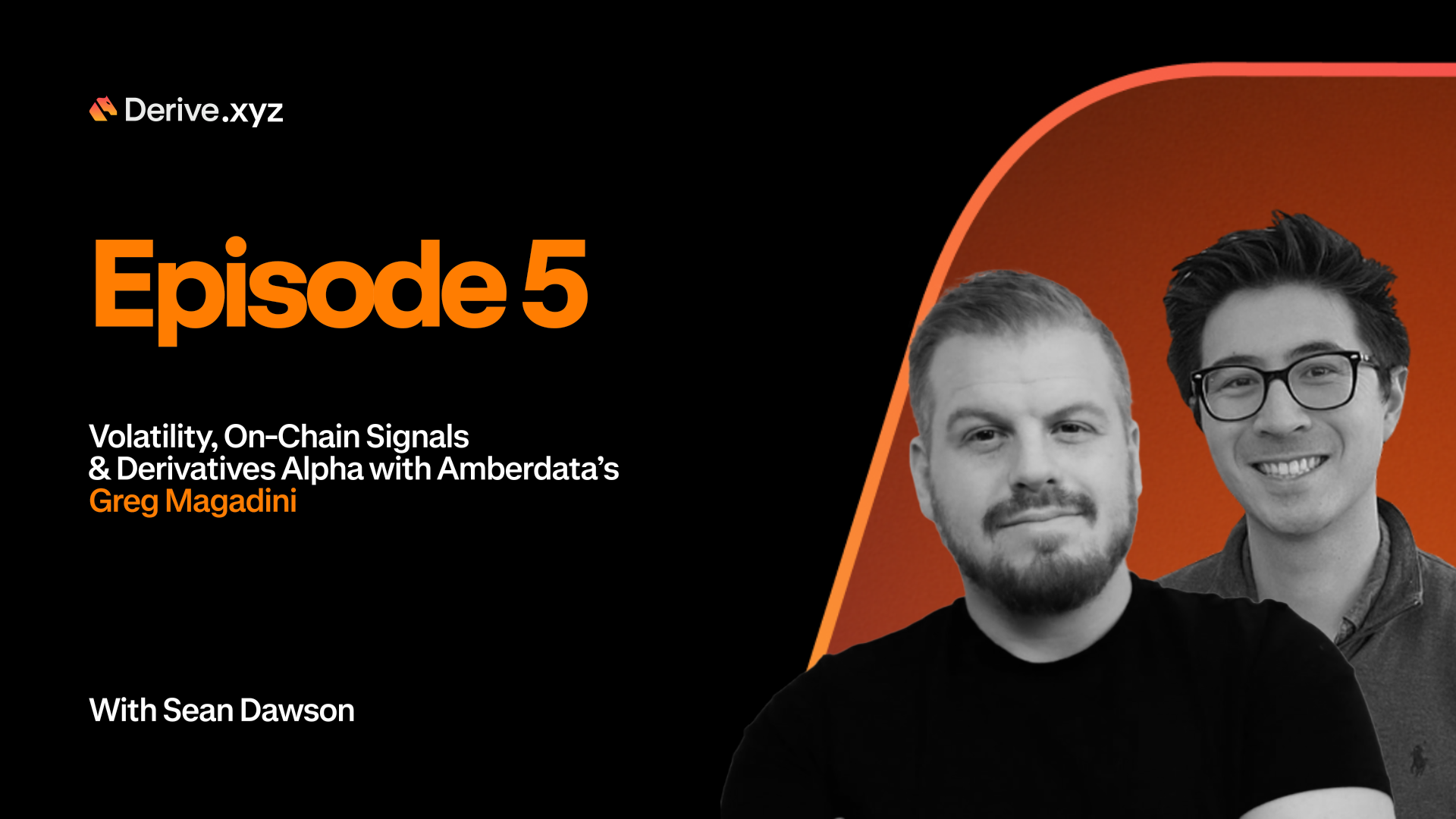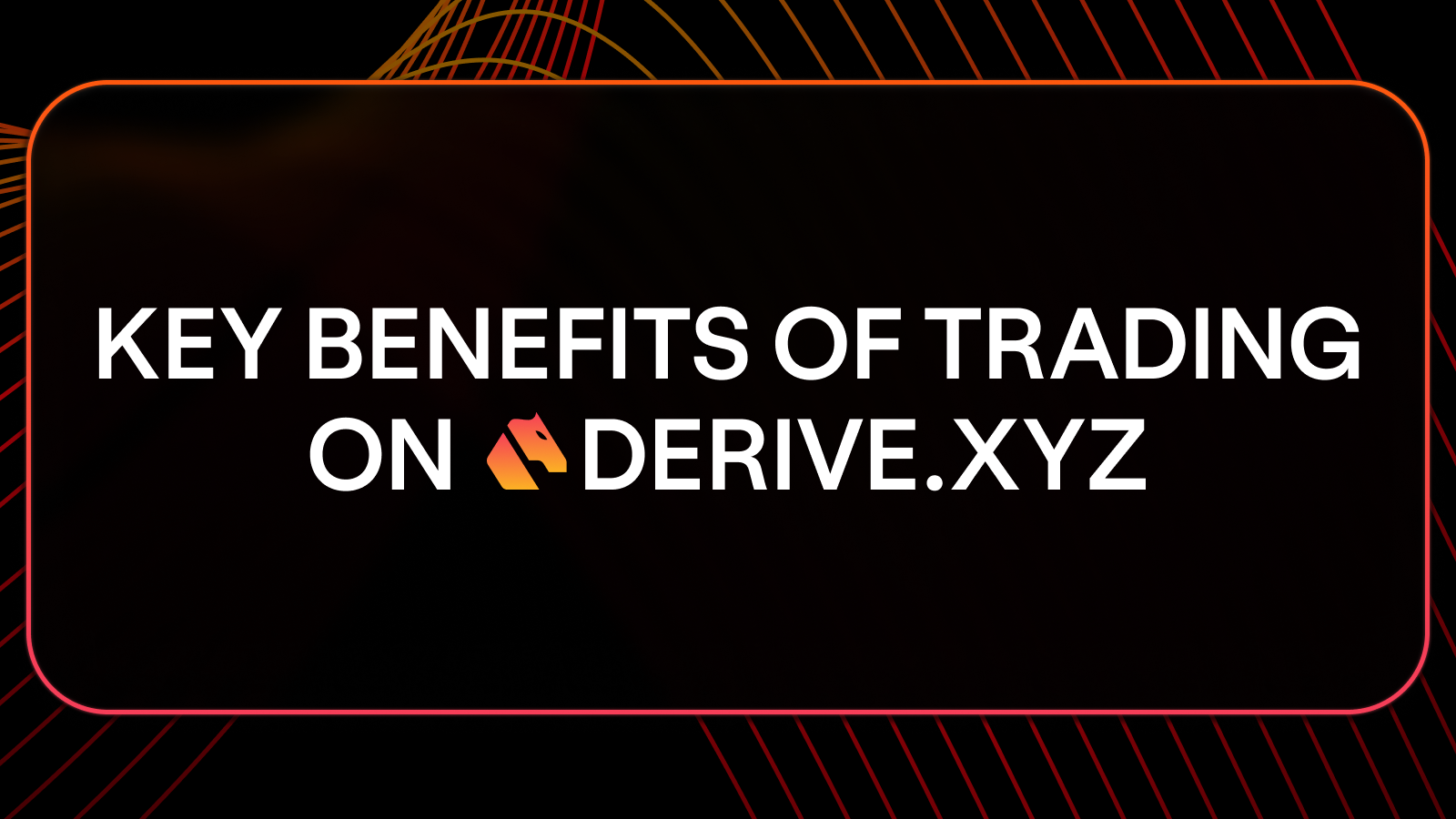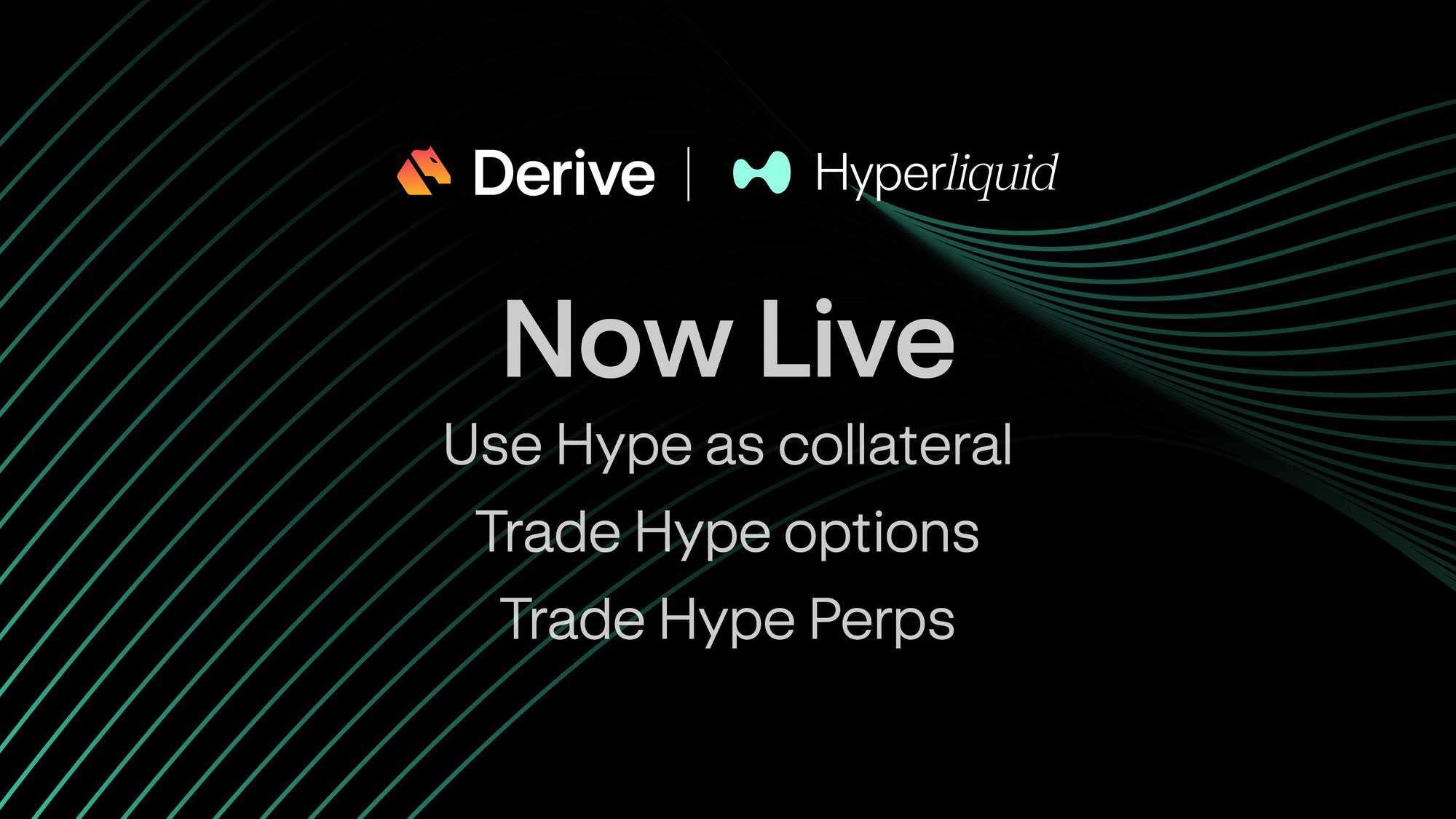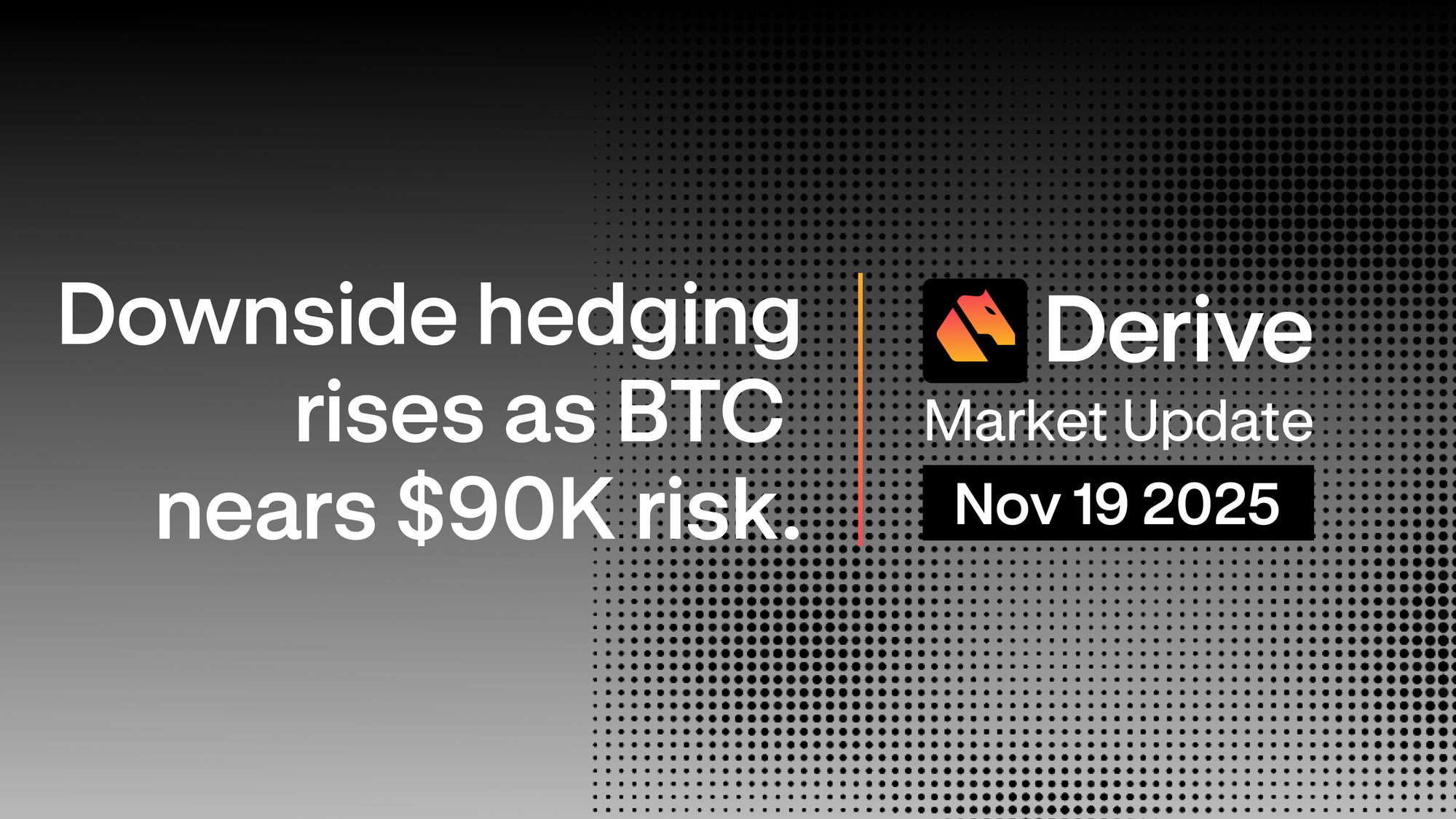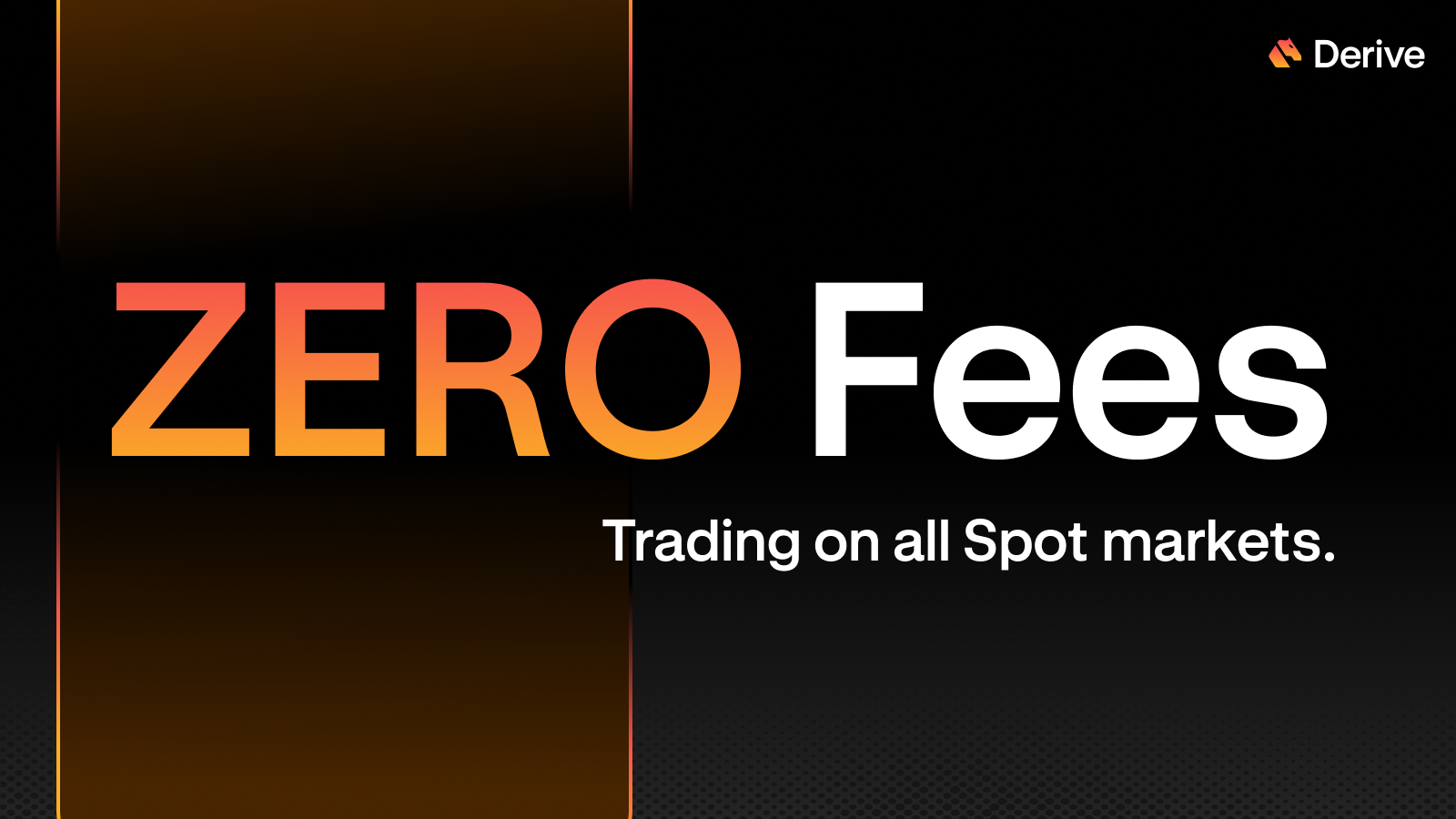When you want directional bias and volatility exposure, ratio spreads let you dial in the risk-reward curve.
We have covered vertical spreads, which define risk and reward with symmetry.
Today, we explore ratio spreads, where you intentionally unbalance a trade.
This lets you add leverage, reduce cost, or tilt your profile toward specific market outcomes.
But it must be done with precision.
Poorly constructed ratio spreads can create large hidden risks.
Done right, they give you some of the most elegant payout curves in options.
What Is a Ratio Spread
A ratio spread involves:
- Buying one option
- Selling two or more options at a different strike
- All options have the same expiry
This creates a skewed payoff profile.
The trade profits if the underlying moves toward the short strike, but not too far through it.
Example: Call Ratio Spread
- Buy 1 call at Strike A
- Sell 2 calls at Strike B (higher)
- Same expiry
Setup:
- Low or zero cost trade
- Profits if price moves up toward Strike B
- Loses if price moves too far above Strike B
- Max loss can be large if unhedged
This is a directional and volatility-sensitive trade.
Key Considerations
1. Ratio sizing:
Always size the trade carefully. You can use 1:2, 2:3, or 3:5 depending on margin and risk appetite.
2. Use risk limits:
Combine with long options or spreads to cap max loss. These are called backspreads when the bought leg exceeds the sold leg.
3. Strike placement:
Pick strikes where the underlying is likely to approach but not blow through. Event levels and resistance zones are common targets.
When to Use Ratio Spreads
- You want a directional view with some extra reward if price stalls near your target
- You expect volatility to stay low or drop
- You want low or no-cost entry into a strategy with favorable skew
They work best when you have a target zone in mind, rather than just a general directional bias.
On Derive
- Build ratio spreads manually in the options chain
- View payoff shapes and Greeks per leg
- Monitor your Delta and Gamma closely
- Use subaccounts to isolate and margin off risk
If you want to structure trades around specific outcomes with asymmetric payoff potential, ratio spreads are your advanced toolkit.
Your Action Today
- Build a call ratio spread on BTC or ETH
- Set the bought leg near the money and the short legs at a higher target
- Monitor Delta and Gamma
- Watch how the PnL curve behaves near the short strike
- Think about how to define max risk with a long wing if needed
Tomorrow, we explore calendar spreads, which introduce time into your volatility curve.
Coming tomorrow:
Day 26 – Calendar Spreads: Volatility and Time in One Trade
Hasta manana
Cpt




